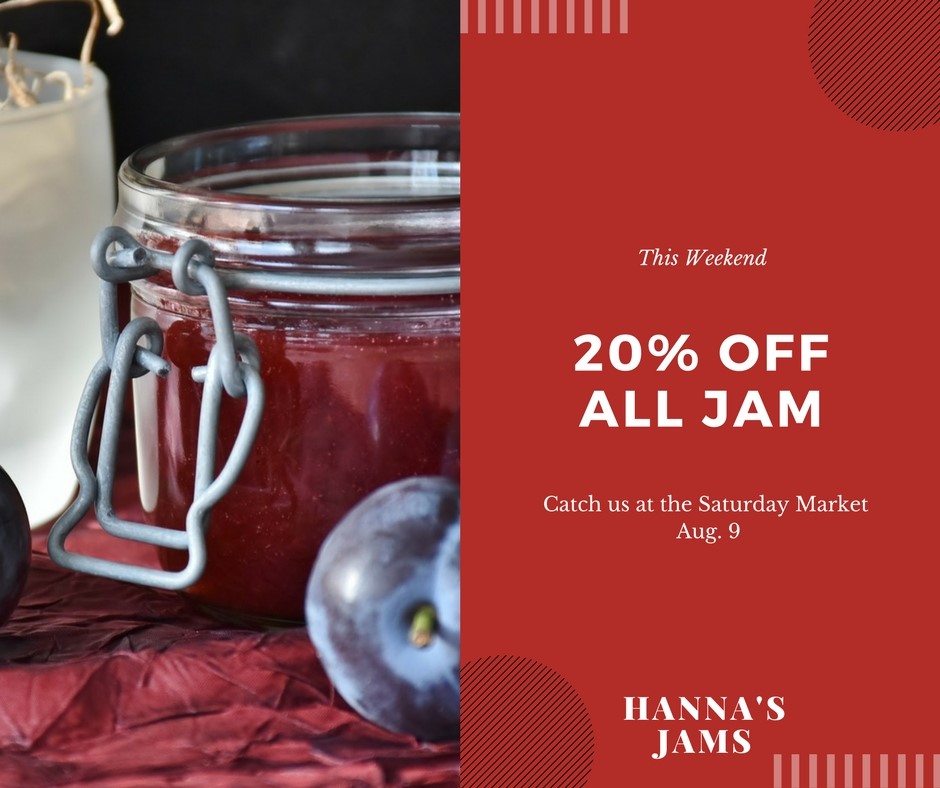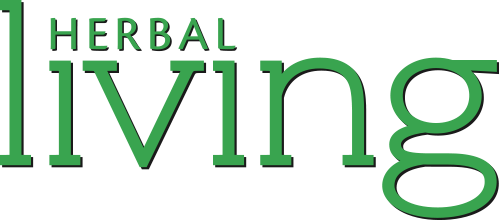
Most hustlers understand that it’s important to have a Facebook page for their business, but it can be a challenge to figure out exactly what to post! A Facebook page that’s friendly to your target audience can be a great way to build excitement and loyalty toward your brand. We talked about why a social media strategy is important, now let’s talk about how to execute it.
Marketing Yourself on Facebook
If you’re starting out marketing through Facebook, or if you already have a page and want to optimize it, it’s important to understand what works well on this social media network. Each social network is unique, so understanding how users interact with the content you post on each platform is key to creating and providing content that your target market will engage with.
Facebook is the “essential” social network for businesses — a successful Facebook page for your brand is the basis for a successful social media marketing plan. This is the case for a number of reasons:
1) Facebook connects you with the biggest portion of your target market.
Facebook is still the most popular social network. Facebook users encompass a wide variety of demographics, and those users visit Facebook often. The average user visits Facebook for about 40 minutes each day, according to data from the company.
Facebook’s user-friendly interface encourages many different types of individuals to come to the site for entertainment, information, and news. Users are already on the hunt for engaging content — you just have to provide it for them.
2) Facebook gives you the ability to syndicate content across platforms.
Another thing that makes Facebook so useful to entrepreneurs is that it gives you more opportunities to share your content. Content you create for Instagram, Twitter, Pinterest, or YouTube can be cross-posted to Facebook. Facebook users expect and appreciate a wide variety of content categories, from text-only posts, to pictures, to video. You can reach a wider audience by cross-posting content to Facebook and also drive Facebook users to your other social network pages to help boost your followers on those sites.
Not only can you easily share the content you post on other platforms to Facebook, users can easily share the content they love from your page with their friends. Facebook, more than Instagram, Snapchat, and Pinterest, naturally encourages conversations about content. Users love sharing and engaging on Facebook!
3) Facebook advertising is affordable, targeted, and measurable.
You don’t need to pay for Facebook ads right away, or necessarily at all, but they’re a great option to have once your business page is established. The most important focus of your Facebook advertising campaign should be creating a business page that works for your customers; without this, users will follow your ads to a disappointing business page, then immediately leave without so much as a like. However, if your page is already popular, ads can be a great way to engage with a wider audience.
Facebook ads are highly customizable, inexpensive, and provide actionable results. If you haven’t explored your options for Facebook advertising, take a look! Facebook ads can be a great option for even small businesses thanks to scalable options. Even if you don’t have much to spend on ads, Facebook can help you reach your specific, local target market. The best part is that Facebook is designed to be friendly to businesses and will guide you through the process of setting up your ads.
Content Keys
Facebook’s business page setup process is guided and straightforward, but there are some keys to creating content that resonates with your audience:
Text-Based Posts
The most important key to successful text posts is understanding that each post should come from your brand, not you. Even if your business is personally-branded, the language you use on your personal page should be much different than how you communicate with your customers on your business page. The brand is its own entity and has it’s own voice, personality, and message to share with its audience.
Be sure that all marketing messages are professional, free of grammatical errors or typos, and have intentions that benefit the business. While your personal page might be a great place to share about your camping trip last week, your opinion on Kim Kardashian’s latest hair color, or your frustrations with traffic on your way home from work today, keep it off the business page!
Remember, everything you post on your business page is strategic. Share customer stories, industry news, business updates, or product information. Be creative and personal — you want your posts to create genuine connections with your customers — but not too personal!
Photos
Photos are a great way to show off your business. With photos, you can show your products in action, share the production techniques that make your goods special, or give your customers a virtual tour of your homestead. Images are also a great option for sharing promotions.
Take a look:

I created this mock ad in less than 10 minutes using a stock image and Canva free graphic design templates. It’s much more impactful than a text-only promotional post would be, and it adds value to your brand when you take the time to create on-brand image advertisements. You can even use your phone to take pictures!
If you decide to create your own graphics, consider how users interact with images on the web:
“The Z Layout claims that readers naturally follow a ‘Z pattern’ when scanning a screen. Their eyes move from left to right, then downwards in a horizontal direction, and from there move from left to right. This helps in prioritizing which content should be placed on a specific zone such as the company logo, a sub-heading or navigation instruction, product or service information and a call-to-action,” note the designers at Four Winds Interactive.
Optimize the visual content you create to be sure it works effectively for your marketing plan.
Look to big brands to see what types of images and advertisements are getting lots of engagement. Often, big brands do the footwork for you by testing out techniques, and if you know what to look for, you get the perks of seeing what works without having to waste time on what doesn’t!
The most important thing to keep in mind when selecting images for your Facebook marketing is your brand guide. Always ask yourself: Is this what I want my customers to associate with my brand? Is it high quality? Does it have intention, and does it succeed in helping me achieve my business goals?
Videos
If you’re ready to step up your content game, videos can be a great way to do that. Videos can be a great way to share stories about your products or business, give customers a peek at your production process or homestead, and add humanity to your brand.
However, they can also work against you if you’re not careful about what you post. As demonstrated above, it’s relatively easy to create professional-looking content from photos you’ve taken yourself, but it’s much more challenging to create videos that are professional, on-brand, and engage your audience.
Facebook is fast. Most users watch Facebook video without sound, and it can be difficult to persuade users to fully engage with your video content when it’s just as easy for them to keep scrolling. Captions are an essential component if you want to optimize your content for Facebook.
If you feel confident that you’ve got a great idea for some meaningful video content, be sure that you’ve got the equipment to execute your idea successfully. At the very least, you’ll need a DSLR camera, or a friend who has one — your phone won’t cut it this time. Superior editing, good planning, and clear messaging is all essential as well. If you can’t meet these requirements, it’s generally better to avoid posting video for marketing purposes.
Other Content Essentials
There’s a lot of other content that’s important to add to your Facebook page.
Make sure your basics are covered: your business bio, any hours you might have, and contact information. Your Facebook is a great “home base” for information for your customers, and it’s likely that Facebook will be the first place they look if they have questions about your business. It’s important to have your own (frequently-updated) website for your business, and by no means should you consider Facebook a substitute, but your customers are already on Facebook. If you can meet them where they’re at, they’ll appreciate it. Any updates about your business should be posted on both your website and your Facebook profile.
Be sure to always make an effort to engage with your followers when they comment on your posts or review your business. Conversations do a lot to build goodwill towards your brand, and they help add humanity to your page. Customers love to know that they’re heard and are receiving a response from a real human who cares.
Finally, leverage existing relevant content to your advantage. This is a great way to save time and energy while also building your authority in your niche. Again, look to the type of content that’s doing well on successful brand’s pages that share your target audience. If it’s getting lots of likes and shares from the kind of users that you know are in your target audience, give it a share!
StayNTouch gives this example of how existing content can work to your benefit:
“Tourism Australia decided to ditch its Facebook practices early on in 2011 and handed their page over to their fans. They allowed the people actually experiencing Australia to create and push their content. What was the result? Tourism Australia’s Facebook page is now the biggest destination page in the world – they boast almost 5.5 million fans.”
Sharing customer’s photos or reviews of your products, or even asking friends if you can photograph and tag them when they visit your business is a an easy way to add content to your page. As always, be sure to keep all shared content on-brand.
Wrapping Up
Building your business’s Facebook page takes lots of consideration and time. With the right planning, you can make your Facebook page work for you. Keep in mind the goals you have for your business, and consider how each post helps you achieve those goals. Above all, let your brand guide your content, and avoid letting the content you post define your brand. This is the key to executing a strategic social media marketing plan.
We’ll explore the ways you can use Instagram for your business in the next post, but until then, happy hustling!










